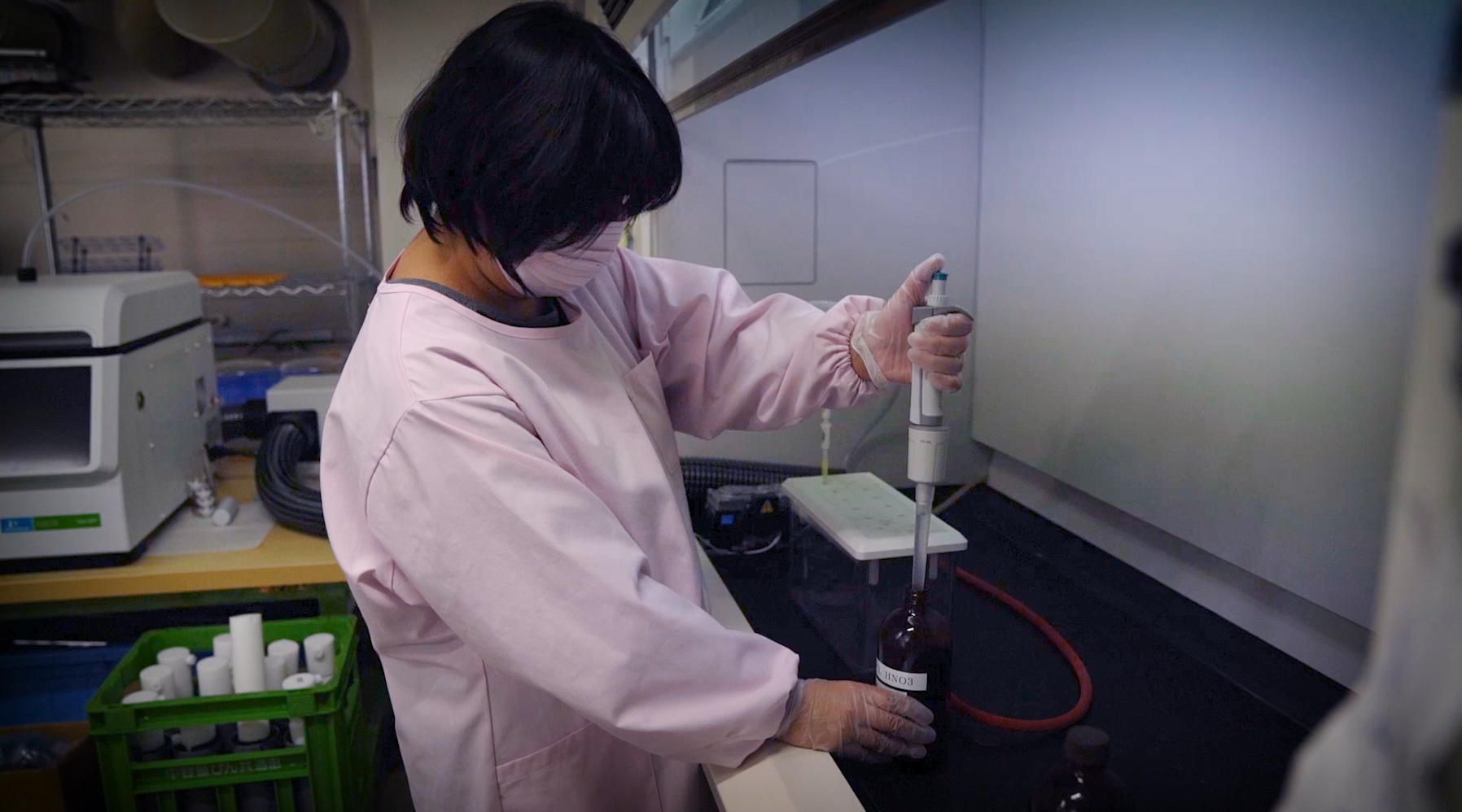At a laboratory an hour's drive from the crippled Fukushima No. 1 nuclear plant, a woman wearing a white mask over her mouth presses bright red strawberries into a pot, ready to be measured for radiation contamination.
Six years after a massive earthquake off the Tohoku coast triggered tsunami that knocked out the plant's cooling system, causing three reactor-core meltdowns, local mothers with no scientific background staff a laboratory that keeps track of radiation levels in food, water and soil.
As some women divide the samples between different bowls and handmade paper containers, others are logging onto computers to keep an eye on data — findings that will be published for the public to access.



















With your current subscription plan you can comment on stories. However, before writing your first comment, please create a display name in the Profile section of your subscriber account page.